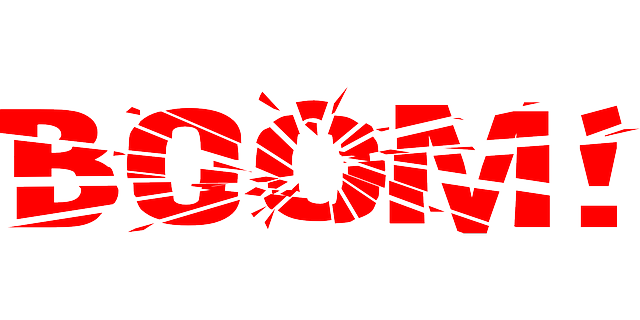Tree trimming and responsible yard waste management are essential for a healthy landscape, environmental sustainability, and efficient waste reduction. Optimal timing for pruning is vital, with late winter/early spring in milder climates and late fall/early winter in colder regions. Proper techniques enhance tree health, reduce pest risks, and prevent diseases. Integrating composting organic materials and recycling non-organic elements like wood chips as mulch or biofuel contributes to a circular economy. Engaging specialized professionals ensures efficient service, minimizes landfill waste, and promotes eco-friendly practices by transforming trimmings into valuable resources that benefit local soil quality and plant growth.
Keeping your yard well-maintained involves understanding the importance of regular tree trimming and effective debris removal. This article guides you through essential practices, focusing on yard waste removal and recycling strategies. Learn about tree trimming techniques, optimal timing, and why it’s crucial for your trees’ health. We’ll explore debris removal methods, including eco-friendly recycling options, to reduce waste and promote sustainability. Additionally, discover tips for selecting the right professionals for efficient yard waste management.
- Understanding Tree Trimming: When and Why It's Necessary
- Effective Debris Removal and Recycling Strategies for Yard Waste
- Choosing the Right Professionals for Efficient Yard Waste Management
Understanding Tree Trimming: When and Why It's Necessary

Tree trimming is an essential practice for maintaining a healthy and aesthetically pleasing landscape, and it plays a crucial role in yard waste removal and recycling efforts. Regular pruning helps shape trees, removing dead or diseased branches that could fall and cause damage or harm to nearby structures. By eliminating these problematic parts, you promote new growth and ensure the tree’s long-term vitality.
The timing of tree trimming is critical; it’s best done during the dormant season to minimize stress on the tree. In milder climates, late winter or early spring is ideal, while in colder regions, late fall or early winter pruning is preferable. Proper trimming not only improves a tree’s appearance but also reduces the risk of pest infestation and disease spread, contributing to a more sustainable environment through responsible yard waste management.
Effective Debris Removal and Recycling Strategies for Yard Waste

Effective debris removal and recycling strategies for yard waste are essential components of responsible landscaping practices. One key approach is to compost organic materials, such as leaves, grass clippings, and garden trimmings. This process not only reduces the volume of yard waste sent to landfills but also creates nutrient-rich soil amendments that can be used to enhance plant growth. Many municipalities offer compost collection programs or have public composting facilities, making it easier for homeowners to participate.
Additionally, recycling non-organic materials like branches and trunks from tree trimming can be accomplished through wood chip production or waste-to-energy initiatives. Wood chips can be utilized as mulch in gardens, while excess wood can be converted into biofuel, contributing to sustainable energy solutions. Implementing these strategies not only minimizes the environmental impact of yard waste but also promotes a more circular economy, where resources are reused and recycled efficiently.
Choosing the Right Professionals for Efficient Yard Waste Management

When it comes to tree trimming and yard waste management, choosing the right professionals is key to ensuring efficient and eco-friendly practices. Look for companies that specialize in both services, as they will have the expertise and equipment needed to handle various tasks, from removing large branches to recycling yard debris.
Effective yard waste removal and recycling can significantly benefit the environment by reducing landfill waste and promoting sustainable practices. Professionals equipped with knowledge and proper tools can efficiently process tree trimmings, turning them into valuable resources like compost or mulch, which can enrich local soil and support plant growth.
Tree trimming is an essential practice for maintaining a healthy landscape, and proper debris removal and recycling strategies ensure that yard waste doesn’t go to waste. By understanding when and why tree trimming is necessary, implementing effective recycling methods, and entrusting the task to professionals, you can efficiently manage your yard’s appearance and environmental impact. Embracing sustainable practices for yard waste removal and recycling contributes to a greener, more vibrant outdoor space.
